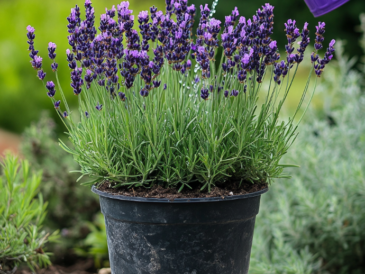Pruning is essential for maintaining the health and beauty of your perennial plants, especially if you want them to produce an abundance of blooms throughout the summer. Regular pruning encourages new growth, enhances flower production, and helps control the plant’s size and shape. Here are 10 perennials that benefit from pruning now to ensure endless summer blooms.
1. Coreopsis (Tickseed)
- Why Prune: Removing spent flowers encourages continuous blooming and prevents the plant from becoming leggy.
- How to Prune: Trim back dead and faded flowers regularly throughout the growing season. Cut back the entire plant by one-third in mid-summer to promote new growth and more blooms.
2. Echinacea (Coneflower)
- Why Prune: Deadheading spent blooms extends the flowering period and prevents self-seeding.
- How to Prune: Cut back spent flowers just above the nearest set of leaves. In late summer, cut back the plant to encourage fresh growth and late-season blooms.
3. Salvia (Sage)
- Why Prune: Pruning encourages a second wave of blooms and keeps the plant compact.
- How to Prune: Remove spent flower spikes down to the base or just above the first set of leaves. Trim back the plant by one-third after the first bloom cycle to encourage new growth.
4. Nepeta (Catmint)
- Why Prune: Regular pruning promotes repeat blooming and prevents the plant from becoming invasive.
- How to Prune: Shear back the plant by one-third to one-half after the first flush of flowers. Continue deadheading throughout the summer to encourage new blooms.
5. Geranium (Cranesbill)
- Why Prune: Pruning keeps the plant tidy and encourages repeat blooming.
- How to Prune: Cut back spent flowers and leggy stems to maintain a compact shape. In mid-summer, trim the entire plant by one-third to rejuvenate growth and promote late-season blooms.
Pages: 1 2





